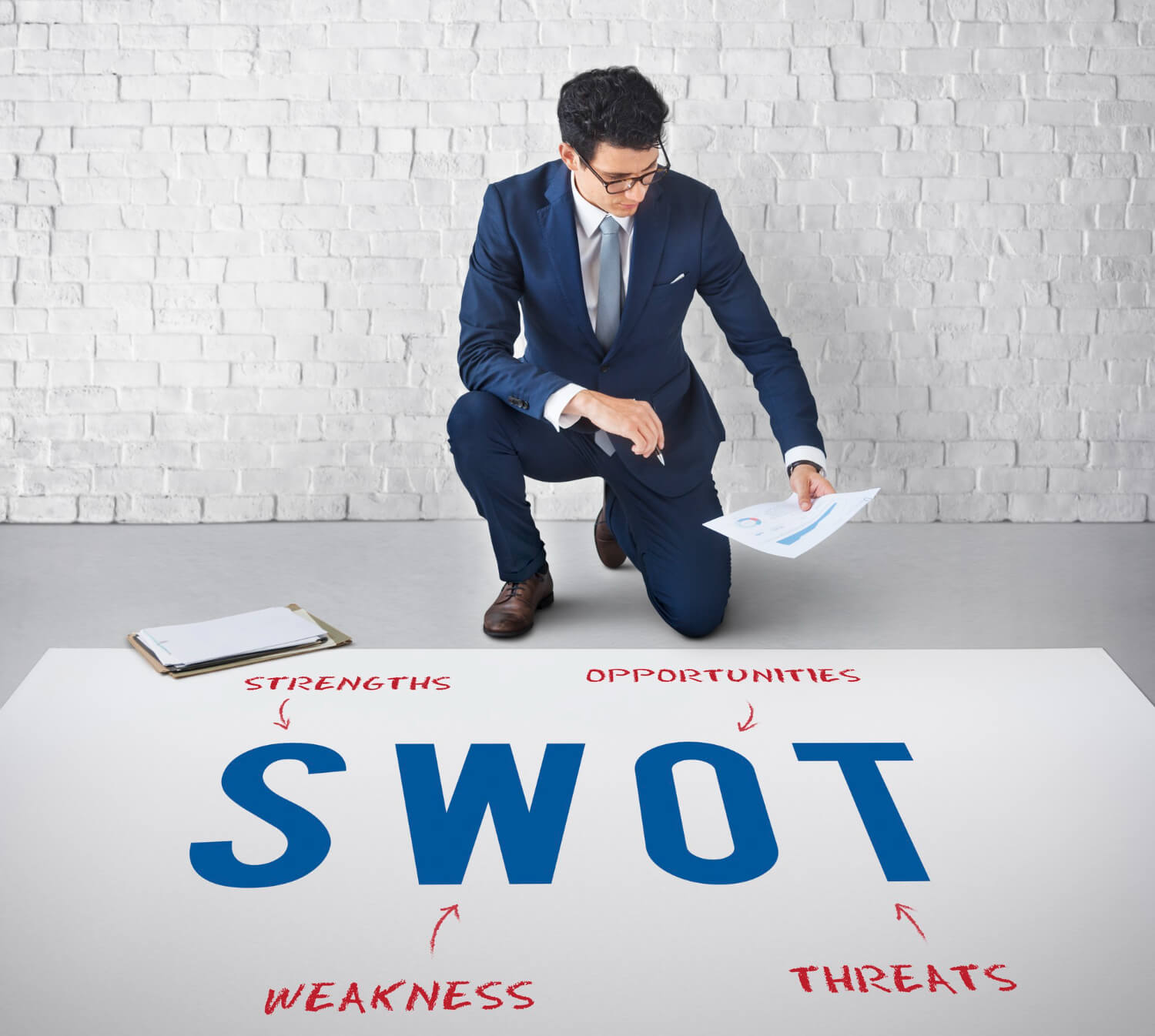
Sandi Edwards’ article, Educated Workers Short On Skills Government Needs Most, published in the online publication, Aol Government, puts a new slant on the “why Johnny can’t read” debate. Only this time it has to do with the four Cs instead of the three Rs.
In case, you’ve forgotten, here are the “The Four Cs:”
- Critical thinking and problem solving
- Effective communication
- Collaboration and team building
- Creativity and innovation
Of course, it isn’t just government that needs the “The Four Cs,” it’s everyone who wants to succeed in the work place, manager or worker. I can’t imagine a trainer or leader of an organization forgetting them.
The article says, “In 2010, American Management Association (AMA) undertook a study to research the needs of government and industry organizations when it comes to building and nurturing the leadership pipeline. The “AMA Critical Skills Survey” revealed that, by overwhelming majorities, executives had begun placing emphasis on a new set of skills that is neither intuitive for most people nor taught in school.”
Edwards defines the problem more specifically: “In addition, cutbacks to in-house education and leadership development programs mean that many government organizations are relying on our schools to deliver graduates who are ready to fill leadership roles. Yet with the Obama Administration reporting that up to 82 percent of American schools are failing in their mission, it is clear our schools are not equipped to teach curricula that imbue students with the skills leadership demands.”

How is it schools are not equipped to teach curricula on leadership? Perhaps, there is a political message there. I don’t know, but I think we may not be talking of college-level schools. Again, I agree leadership education and training should start earlier. But it’s not just not always directed toward the work place.
Some student efforts are directed at solving one the world’s problems–say hunger, presenting the problem and solutions on how to do that, putting together a team and collaborating to come up with solutions, and do with creativity and imagination. Some students do make a shift toward business, but that idea is boring to some. The young always want to save the world, right?
Ever hear of Odyssey of the Mind? It’s a middle school program where kids are given a problem and asked to solve it and present it to others. They are judged on “The Four Cs” It’s a very successful program. And, there are other leadership programs. Why doesn’t business, non-profits and government get in on the act and sponsor such programs? I’m sure there’s a need for adult coaches that is…if employees aren’t too busy at work. If the office is flexible enough to allow or support their participation, it serves a great purpose in promoting “The Four Cs” for organizations anywhere. I’ve known corporations to allow participation; it’s good for its community image, but it’s value goes deeper than that.
I find it hard to believe that institutions are not teaching “The Four Cs,” while I would agree it’s not intuitive. As a college teacher and as a trainer, I emphasize those aspects of work life as necessary for success. Critical thinking and problem solving, effective communication, collaboration, creativity and innovation are certainly a part of the higher education program and the emphasis on those points starts much sooner. The real problem is that we, in the workplace don’t allow the flexibility for these essential components to be practiced.

One government agency colleague says, “We are having this discussion in our agency currently, specifically about Critical Thinking. It seems that we like to use the standard fall-back solutions and look for the obvious answers, no matter what the situation or question may be. If anyone has any great ideas for developing critical thinking skills please share.”
He also said that when the “boomers” leave, they are replaced with people like themselves, which begs the guestion if we should let the next generation determine what leadership should be. Therein lies the problem. Maybe it is time.
Another colleague provides this perspective: “I find the biggest shortcoming in both government professionals and graduating students is their inability to explain.” Ironically, effective communication probably one of the easiest of “The Four Cs” to teach, and it is that most managers assume they can do it well without thinking. How wrong they are.
Ignoring that the article says that educators and trainers aren’t doing their jobs in these areas, I have been very impressed by the newbies I heard. One intern actually presented information in a lucid and persuasive way. So, there is hope after all. It was interesting to hear leadership express just how impressed they were with her communicative skill. It shouldn’t be all that unusual; it should be expected.

My colleague goes on to say, “A significant part of public service is public instruction and clarification between fellow professionals. If you can’t do it, none of those other C’s is gonna help you none (sic). We talk about “knowledge work” these days, and its increasing importance. But the mistaken assumption is that knowledge is fundamentally what you possess, and not something you have the responsibility to create in others. If you cannot foster understanding and knowledge in others, you ain’t no knowledge worker, buddy.”
He’s absolutely right. If you can’t communicate it, you might as well not say it.
But what do we do in training for the government, corporate, small or large businesses, or the non-profits? The ways to train each of “The Four Cs” would be the next order of business on this blog site. I think each one will require individual attention. More importantly is getting the attention of management to see the value in training “The Four Cs” not just to leaders. Time and funding allotments make it difficult; however it has to be done even though “The Four Cs” do not guarantee any immediate success; the result is long term. The trick is convincing management of the pay-off.
The schools need help, too. While corporate universities and business-based schools realize the importance and slant their curricula toward business, academic at any level concerns itself with bigger problems. Young idealistic teachers and students ready to take on the world may not realize that this practical world of work is pretty important as well. It’s up to us to explain it to them. We may have to change some attitudes there as well.
This may be a unique idea that gives training a whole new line of work. Suppose we as trainers created initiatives for employees to outreach to the schools to provide those connections loud and clear? Not only that, we trainers could present to the students the “secrets of success,” a result of effective leadership “being imbued with the skills that leadership demands.” It brings a practical application of leadership closer to home and more down to earth. Not every student will join the Peace Corps and fight world hunger. We need, of course, to walk the walk (pardon the cliché). Make sure we have dynamic examples to bring to them. Those who can teach, should–regardless of your profession.

Work place issues aren’t always solved by training, but you already know that. Sometimes the issue has to do with issues removed from performance. And sometimes as here, the solution we can handle because if anyone can understand and communicate “The Four Cs” it should be the communicators and leaders we call trainers.
These are my opinions. As always I am indebted to colleagues for their illustrative comments and people who write the articles as the one described here. Although a trainer and coach, I am a communicator at heart. I find other things I write about on my website have great bearing on everything we do, so please check out my page and if you’re interested in what else I might write, look under What I Say. I’ll give you a hint: the world we live in is often illuminated by theatre, which communicates through art, who we are, what we do, and how we became that way. Sometimes it even tells us what we can do about making a change. We don’t have to always agree on anything–be it art or training. Meanwhile, happy training.
—
For more resources about training, see the Training library.
For a look at the human side of training from my Cave Man perspective, please check out my book, The Cave Man Guide to Training and Development.















